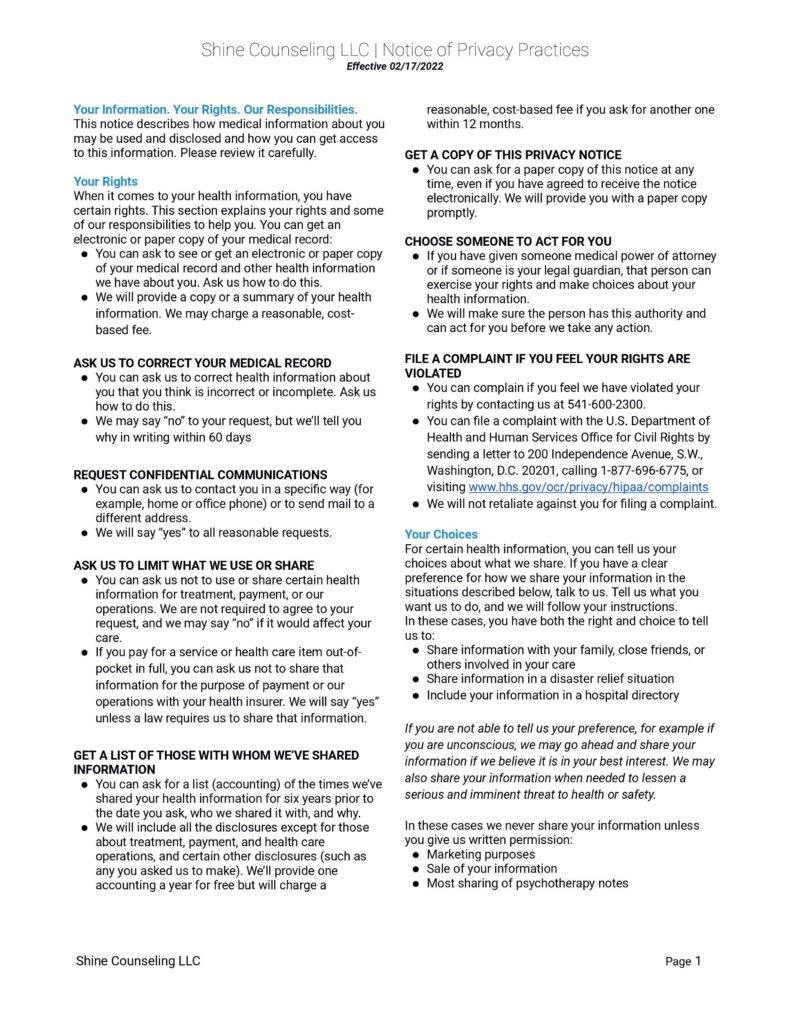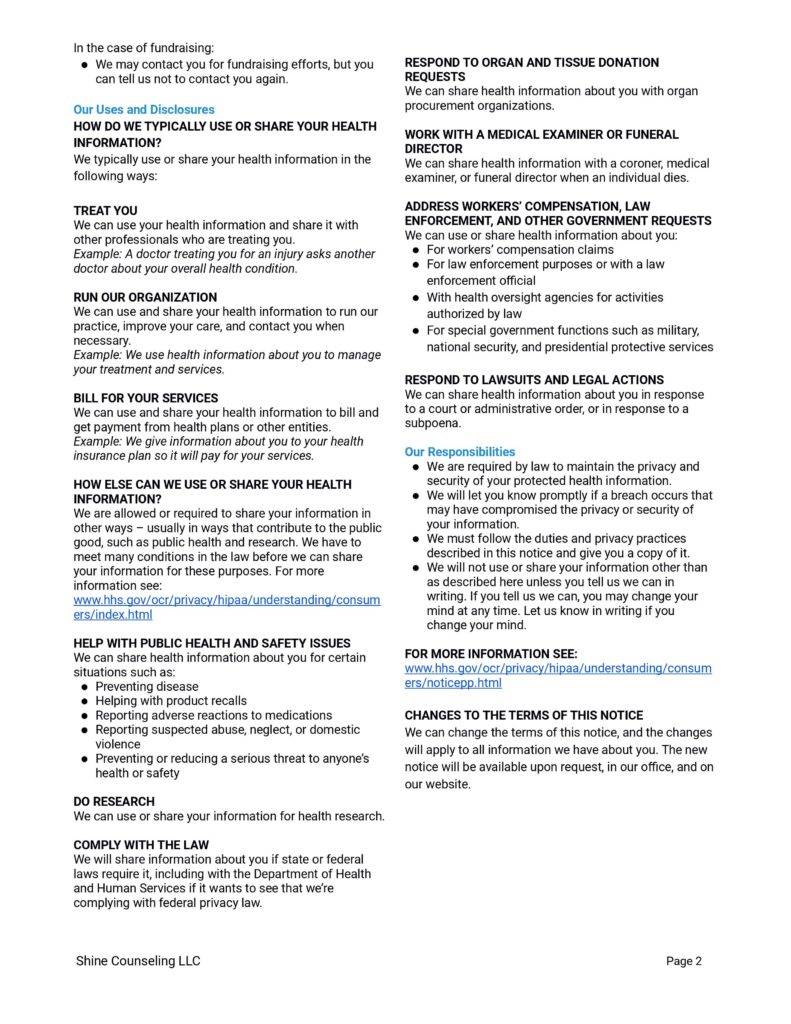DBT Therapy and Counseling
Home - Therapy and Counseling Services - DBT Therapy and Counseling
Everything about Dialectical Behavioral Therapy
At Edify Therapy, we’re committed to empowering you with knowledge to enhance your well-being, particularly in the realm of mental health. So, let’s embark on a journey of learning today! In this segment, we delve into the distinctive nature of Dialectical Behavior Therapy (DBT), an approach widely utilized by our therapists based on individual case needs. However, please note that while we incorporate DBT in one-on-one sessions, we currently do not offer DBT group therapy.

Table of Contents
"Becoming is better than being."
What exactly is DBT Therapy
First and foremost, DBT is a unique kind of therapy specifically made for people suffering from BPD or “Borderline Personality Disorder.” BPD is a disorder in which people sometimes turn to self-harm or suicidal behaviors to try and balance their extreme emotions. DBT was created to help these people when they need it most. So, what is DBT? DBT, also known as “Dialectic Behavioral Therapy,” is not just a single treatment. It is an evidence-based, four-method treatment that works to help and hopefully heal people experiencing signs of BPD. The “D” in DBT stands for Dialectical, meaning a calm, logical discussion of ideas, opinions, and feelings that the client may experience. DBT hopes to teach clients how to accept themselves while still changing their behavior to healthily process their emotions. This way, instead of harming themselves, DBT teaches a client how to move forward together with their therapist one step at a time.
History of DBT Therapy
DBT was first brought to life in the 1970s by a woman named Marsha Linehan. She wanted to help suicidal women who were experiencing difficulty in their day-to-day lives. By looking at Depression, Anxiety Disorder, and other emotion-related disorders, she created a treatment plan for those displaying harmful behavior. Linehan made it a priority to focus on the idea of acceptance. This means that the therapist should accept the patient in a welcoming environment, and the patient must learn to accept themselves for who they are. This way, they can work on improving their mental health by looking forward instead of backward.


Who may find DBT Therapy useful?
Initially created for a specific group of people, DBT is best for those experiencing harmful or suicidal thoughts or behaviors. Those who show signs and symptoms of BPD may benefit most from DBT because it was developed for them. That being said, DBT has also been adapted to assist those experiencing Substance Abuse Disorders, severe Anxiety, or even Eating Disorders. All of these involve the intense range of emotions that DBT is designed to help with. A study done by Christian Fleischhacker showed that if a person’s DBT treatment is successful, they could show a reduction in suicidal behaviors even a year after treatment. Someone improving with DBT may better adjust to social settings, experience fewer feelings of hopelessness, and also have an easier time balancing their emotions. All of this could be improved when they use the skills that they learn from their therapist!
The difference between online and in-person DBT Counseling
Online DBT is often held in the same style that in-person DBT is. This means there is no missing out on any of the four parts of DBT therapy if someone participates online versus in-person. Online therapy may be helpful for those who have trouble with strict schedules, mobility, and other things that prevent them from making it to a therapist’s office regularly. However, if someone does undergo online DBT, it is recommended that they attend someplace they can focus without distractions. This way, they can better concentrate on their therapist, their group of peers, and themselves. Remember, one of DBT’s main ideas is the importance of a group support system.
Shine Counseling DBT Therapy and Counseling
Our team of therapists has years of experience with practicing DBT therapy. They are trained and happy to start guiding you towards relief if you feel that DBT therapy may be right for you. For several years, Shine Counselors have been helping clients find the best mode of treatment for them. Our positive psychologists hope that you’ll be able to find the right fit with us if you choose to reach out about your therapy needs and concerns.
In depth information about DBT Therapy
Before we break DBT down into its parts, we should first grasp why it is different from some other approaches. DBT is not a single method but an inclusive, multi-step treatment specially created for clients and their needs. One part of DBT that makes it so unique is that the therapist does not set goals for their client. Instead, the client is the one who creates their own intentions, and the therapist works to guide them towards what they would like to accomplish. Just like CBT, DBT focuses on changing a client’s behavior for the better! DBT is also a collaborative type of therapy, something we’ll learn about in the next section…
The four modes of DBT
DBT can be divided into four different systems that combine to make up a client’s treatment plan. They are Individual Therapy, a Consultation Team, Skills Training, and Coaching in between sessions. Many people undergoing DBT have complicated, sometimes fragile lives, so it’s best to give them as much diverse help as possible. Let’s take the four modes one by one!
1. Individual Therapy
Individual Therapy is where a client looks at their personal goals with their therapist and decides how to best achieve them. This phase sets the tone for the rest of the treatment, often involving acceptance and an understanding of what behaviors the client should work on changing to improve their overall health.
2. Consultation Team
The Consultation Team works towards helping the therapists stay motivated in assisting their clients. A DBT therapist has a stressful but rewarding job. Because of this, it really benefits them to have other therapists by their side who can support and help them guide their clients towards a hopeful state of relief.
3. Skills Training
The Skills Training phase is less like traditional therapy and more like a class. Here, clients can come together with other clients who are going through similar experiences, which helps support them. It’s often helpful for people to learn from their peers and their therapist to get multiple insights. The group is guided by a professional to learn skills, such as using their five senses to calm them down in a moment of distress or helplessness. The patients can use these tactics to try and better their mental health and emotional states.
4. Coaching
Because DBT clients sometimes battle harmful, potentially life-threatening thoughts, they occasionally need help outside of their therapy sessions. This is where cell phone “coaching” comes in handy. DBT clients are taught to call their therapist for helpful advice or techniques when they need them most.
Summary
As we have learned, DBT is an extensive, evidence-based therapy designed to help both those who need it and those who deliver it. By building a system of trust and goals, the therapists and clients involved work towards setting and achieving them all while learning valuable skills along the way. With both time and hard work, clients can hope to achieve remission and understand how to prevent their harmful behaviors in the future. DBT can quite literally save lives!

Evidence Based Practice Research Resources
- https://www.nimh.nih.gov/get-involved/education-awareness/shareable-resources-on-borderline-personality-disorder
- https://www.psychiatry.org/patients-families/personality-disorders/expert-q-and-a
- https://www.ncbi.nlm.nih.gov/pmc/articles/PMC2963469/
- https://behavioraltech.org/resources/faqs/dialectical-behavior-therapy-dbt/
"Happiness is the only thing that multiplies when you share it."
Frequently Asked Questions
There is no such thing as no communication. For instance, even when we’re silent, we’re communicating something. Perhaps we are not in the mood for a talk that speaks for itself, doesn’t it? On the other hand, when we are in an exploratory mood, we ask questions. As a result, our intellectual capacity increases.
DBT is an intensive but critical approach to therapy. With all of its aspects, you may have some questions about how it works. Let’s take a look at some frequently asked questions!

Great question! Sometimes it is easier for people to positively change their behavior when they are with others who know firsthand what they are struggling with. That way, they not only have a professional therapist giving them guidance, but others just like them to lean on and use as role models to want to get better.
Although it may sometimes be challenging to know how to support someone suffering from BPD or another disorder, it's crucial to remember that they are trying to heal from it! The most important thing you can do to help those you love is to accept them as who they are and encourage them to go to therapy to try to get better.
A DBT therapist may focus on teaching their clients emotion-regulating techniques to decrease the chances of engaging in harmful behavior. They may also be taught mindfulness in their everyday lives to help keep track of and calm the changing of their emotions.
Home - Therapy and Counseling Services - DBT Therapy and Counseling

